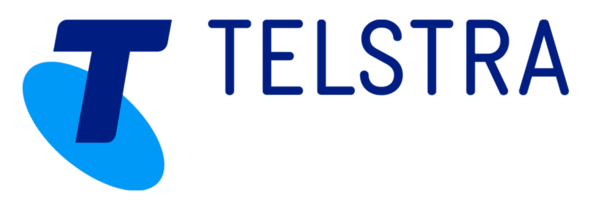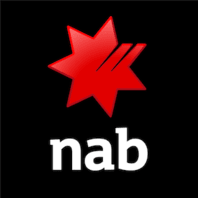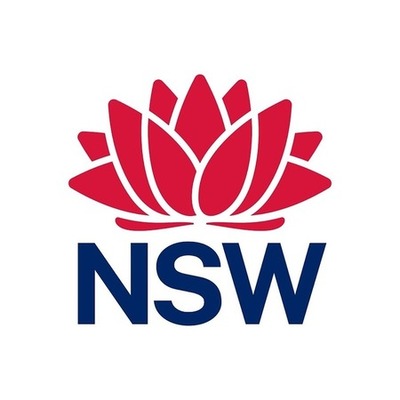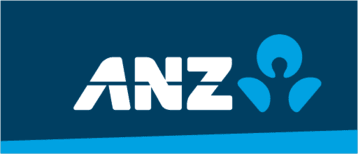Page 1, showing results 1-25 out of 29
Location
Duration
Start Date
Price
1622600 2020-08-10 AU Melbourne coursemons The Python Language
LVC, Australia
3 Days
14th Aug 2024
1717999 2020-08-10 Paris coursemons The Python Language
LVC, France
3 Days
14th Aug 2024
1729794 2020-08-10 Berlin coursemons The Python Language
LVC, Germany
3 Days
14th Aug 2024
1632246 2020-08-10 AU Sydney coursemons The Python Language
LVC, Australia
3 Days
14th Aug 2024
1641914 2020-08-10 AU Canberra coursemons The Python Language
LVC, Australia
3 Days
14th Aug 2024
1651079 2020-08-10 Auckland coursemons The Python Language
LVC, New Zealand
3 Days
14th Aug 2024
1671379 2020-08-10 New York coursemons The Python Language
LVC, United States
3 Days
14th Aug 2024
1660194 2020-08-10 Wellington coursemons The Python Language
LVC, New Zealand
3 Days
14th Aug 2024
1753456 2020-08-10 Madrid coursemons The Python Language
LVC, Spain
3 Days
14th Aug 2024
1741629 2020-08-10 Milan coursemons The Python Language
LVC, Italy
3 Days
14th Aug 2024
1682914 2020-08-10 San Francisco coursemons The Python Language
LVC, United States
3 Days
14th Aug 2024
1706155 2020-08-10 London coursemons The Python Language
LVC, United Kingdom
3 Days
14th Aug 2024
1694455 2020-08-10 Chicago coursemons The Python Language
LVC, United States
3 Days
14th Aug 2024
1536729 2020-09-07 AU Melbourne coursemons The Python Language
Melbourne, Australia
3 Days
11th Sep 2024
1553374 2020-09-07 Auckland coursemons The Python Language
Auckland, New Zealand
3 Days
11th Sep 2024
1542242 2020-09-07 AU Sydney coursemons The Python Language
Sydney, Australia
3 Days
11th Sep 2024
1547887 2020-09-07 AU Canberra coursemons The Python Language
Canberra, Australia
3 Days
11th Sep 2024
1565422 2020-09-07 New York coursemons The Python Language
New York, United States
3 Days
11th Sep 2024
1612256 2020-09-07 Madrid coursemons The Python Language
Madrid, Spain
3 Days
11th Sep 2024
1605223 2020-09-07 Milan coursemons The Python Language
Milan, Italy
3 Days
11th Sep 2024
1598195 2020-09-07 Berlin coursemons The Python Language
Berlin, Germany
3 Days
11th Sep 2024
1584363 2020-09-07 London coursemons The Python Language
London, United Kingdom
3 Days
11th Sep 2024
1572328 2020-09-07 San Francisco coursemons The Python Language
San Francisco, United States
3 Days
11th Sep 2024
1579244 2020-09-07 Chicago coursemons The Python Language
Chicago, United States
3 Days
11th Sep 2024
1591212 2020-09-07 Paris coursemons The Python Language
Paris, France
3 Days
11th Sep 2024














